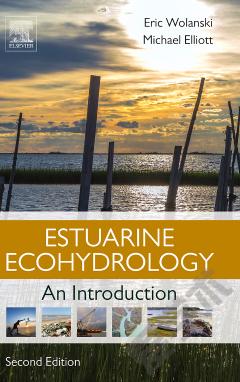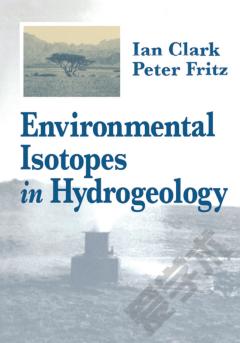Estuarine Ecohydrology
Estuarine Ecohydrology focuses on the principal components of an estuary. The book demonstrates how one can quantify an estuarine ecosystem's ability to cope with human stresses. The theories, models, and real-world solutions covered will serve as a toolkit for designing a management plan for the ecologically sustainable development of an estuary. This book is organized into seven chapters dealing with topics such as estuarine water circulation; estuarine sediment dynamics; tidal wetlands; estuarine food webs; and ecohydrology models and solutions. Although each chapter contains rigorous specialist knowledge, it is presented in an accessible way that encourages multi-disciplinary collaboration between such fields as hydrology, ecology and mathematical modeling. Estuarine Ecohydrology is appropriate for use as a textbook and as a reference for researchers; advanced undergraduate and graduate students in marine biology, oceanography, coastal management, and coastal engineering; coastal developers; resources managers, shipping operators; and those involved in estuarine fisheries and sustainable development communities.* Appropriate for use as a textbook and as a reference* Focuses on the principal components of an estuary* Presents theories, models, and real-world solutions to serve as a toolkit for designing a management plan for the ecologically sustainable development of an estuary
{{comment.content}}








 京公网安备 11010802027623号
京公网安备 11010802027623号